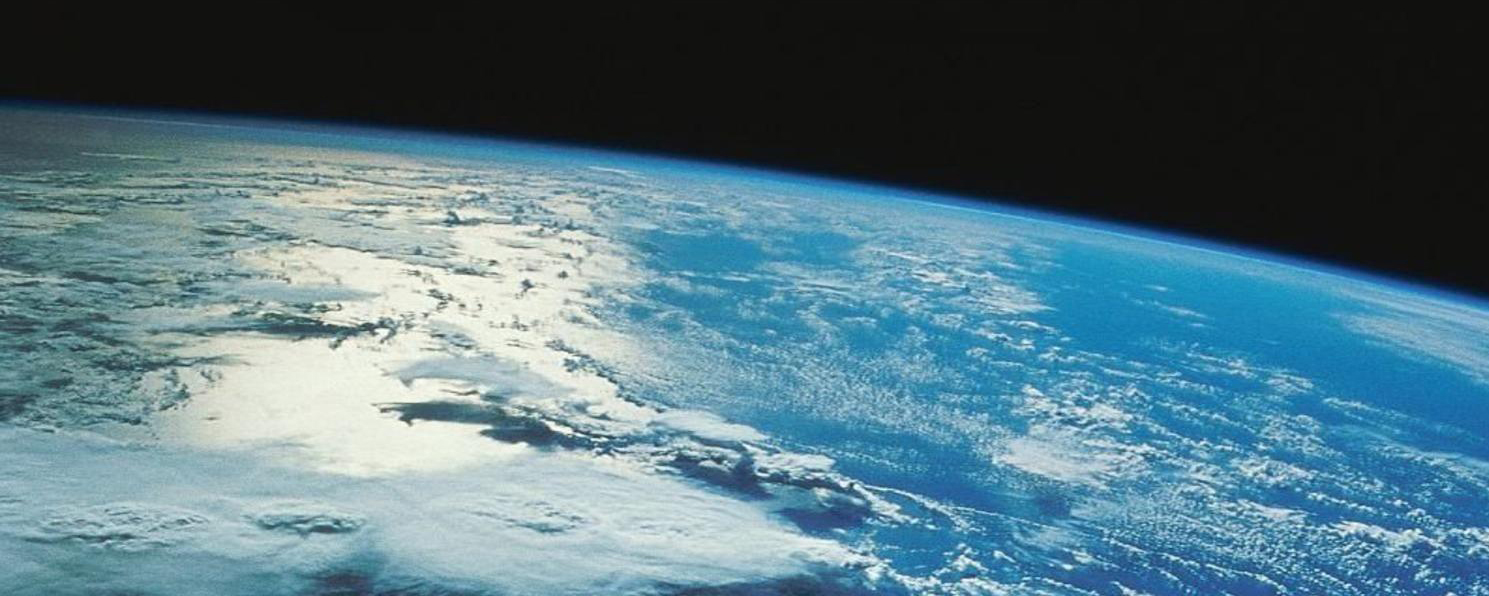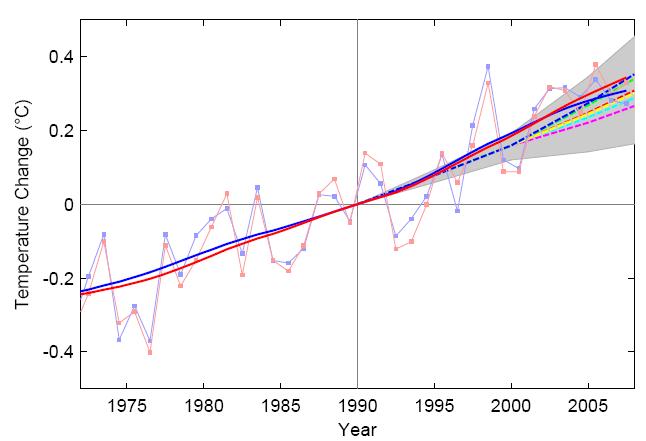



If we can't even accurately predict the weather, how can we predict climate?
It is a common misconception to perceive weather and climate as the same. These two concepts, however, are very different. Weather has multiple factors influencing it on a day to day basis, making it difficult to predict. In contrast, climate is weather averaged out over at least 30 year spans of time. There are several different methods of measuring climate, such as stratigraphy and ice coring, that contribute millions of data points obtained from past to recent climates which can be analyzed for patterns and trends. These patterns can be used to predict future climate changes and have successfully been used for quite some time. For example, the eruption of Mount Pinatubo in 1991 allowed the perfect opportunity to assess the success of climate models, as models would predict the climate as a response to the resulting sulfate aerosols in the atmosphere. Not only did the models accurately predict the 0.5℃ drop in temperature, but water vapor and radiative feedbacks were also quantitatively matched as well. It is important that we understand this distinction because if the weather drops in temperature by 5℃ within the course of a few days, you might not even notice. If the climate changes by those same 5 degrees that would mean the Earth’s average temperature would be 5 degrees cooler, deserts would become wet and most of Chicago, London, and Manhattan would be buried under ice sheets as thick as a mile. It is simply nonsensical to put climate and weather on the same scale, and thus, the inability to accurately predict weather is not a viable excuse to deny climate change.
Graphics:

Comparison of IPCC projections of global land and ocean surface temperature changes (dashed lines) with observation trends from Goddard Institute for Space Studies (solid red) and Hadley Centre Climatic Research Unit (solid blue) from 1973 to 2006.
Rahmstorf, S., A. Cazenave, J.A. Church, J.E. Hansen, R.F. Keeling, D.E. Parker, R.C.J. Somerville. 2007. Recent Climate Observations Compared to Projections. Science 316: 709. doi: 10.1126/science.1136843
Hansen, J., A. Lacis, R. Ruedy, and M. Sato. 1992. Potential Climate Impact of Mount Pinatubo Eruption. Geophysical Research Letters 19: 215-218. doi:10.1029/91GL02788
Hansen, J., M. Sato, R. Ruedy, M. Sato, K. Lo, D.W. Lea, M. Medina-Elizade. 2006. Global temperature change. Proceedings of the National Academy of Sciences of the United States of America 103: 14288-14293. doi:10.1073/pnas.0606291103
Contributed by: Sara Wei, Min Hee Song, Jordan Ciraolo